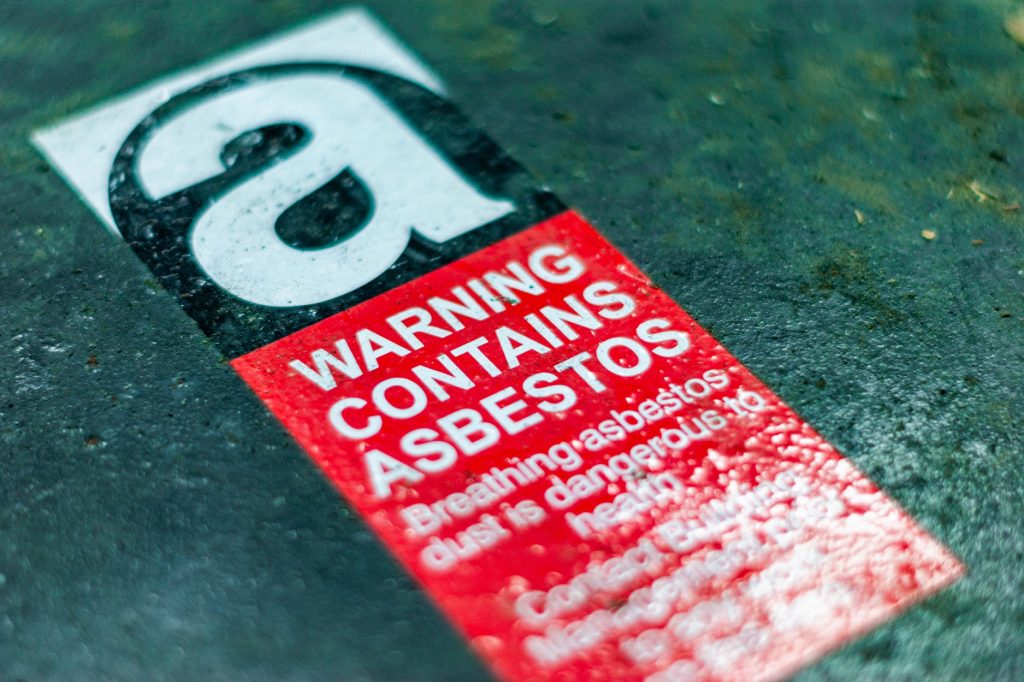Asbestos in schools

Since late 2022, the HSE has announced that they will be visiting schools to check compliance with Asbestos management regulations. In this article we hear from John Rowan and Partners’ Senior Asbestos Compliance Manager, Dan Bryan, about what this means for schools, what they can do to ensure they’re ready and how we can help.
From late last year, schools can expect to be visited by the HSE, who will be checking to see how they are meeting legal requirements for managing risks from dangerous materials on their sites.
It used to be the case that Asbestos was used almost as a matter of course in school construction – the material was inexpensive, readily available and easy to work with. Of course, we now know the risks associated with using Asbestos, and in 1999 its use in construction was banned.
But what does this mean for schools that were built before 2000? As recently as 2019, a survey revealed that most teachers had no idea they were working in a school where there was Asbestos somewhere on site – in spite of Department of Education research indicating that Asbestos was present in four out of five schools.
What do schools need to know?
First of all, there should be an appointed ‘duty holder’ for each school, who is responsible for ensuring information is provided and instruction and training given, to any staff – including teachers – who are likely to disturb Asbestos. Contractors brought in to work on site must also be made aware of the location and condition of any Asbestos present in the areas where they are working.
An Asbestos register should be created and kept up to date, showing where any Asbestos is located and what condition it’s in. And there should also be an Asbestos management plan in place, setting out roles and responsibilities, safe working processes and practices, and what to do if Asbestos is accidentally disturbed.
Who is most at risk?
Maintenance staff, caretakers and contractors are, for obvious reasons, most likely to encounter Asbestos. But pupils and teaching staff may also be exposed – for example, if there is a damaged ceiling or door panel in a classroom, corridor or circulation area. Also, contractors and maintenance staff completing works that lead to accidental disturbance even out of hours could put others at risk – as Asbestos fibres can stay airborne for up to 72 hours.
As you can see, it’s quite a complex and onerous responsibility, but one that’s really important. Not only does complying on all fronts mean a safer learning and working environment for students and staff alike, but it also means schools can avoid punitive financial impacts of non-compliance.
In the past five years there have been more than 90 incidents of Asbestos exposure in schools and educational buildings. And successful prosecutions have resulted in large fines, sometimes for the schools and sometimes for the local authority. These include £200k for failing to manage Asbestos, £8k for unsafe remedial works, £46k for poor management of maintenance and refurbishment work and £500k for Asbestos exposure. One school was fined £60k for Asbestos exposure – and one of its directors, £16k.

Do you know who the Duty holder is?
The first, and obvious question schools should be asking is who the duty holder is. Now, this is usually the person who’s responsible for the maintenance and repair of the school. But in reality, there’s a lot of confusion around who really is responsible. It might be a split responsibility. It might be a facility manager, a bursar, the trustees or even the governors. This makes it easy for ownership to slip through the net.
What support is available?
It all sounds a bit daunting. But there are some tools that can help. The DoE has produced a guide – ‘Managing Asbestos in your school or college’ – and a helpful Asbestos management checklist. These provide a good start point.
If you don’t currently have an Asbestos register, and have no idea where on your site the Asbestos might be? That’s when you need the services of an Asbestos survey consultant. Once you have the feedback from that, you have a great foundation from which to effectively manage your Asbestos.
It’s important to work with tried and tested consultants, people who are experienced in working in the education building sector, and preferably, who are accredited to UKAS (the United Kingdom Accreditation Service), the leading body in this field.
If in doubt, ask
At John Rowan and Partners we have a great in-house team of Asbestos compliance experts, we can come in and help identify who the duty holder is. We can work with schools to Identify and assess the adequacy of any existing register, management plan, emergency procedure etc, and to create these if they don’t exist, or update them, depending on what’s needed.
We can undertake a quality assessment to verify the accuracy of the register, and look at how often it’s updated, is training regularly carried out, have new staff been ‘inducted’, and so on.
If a school is starting from scratch, there’s a responsibility for the duty holder or someone on behalf of the duty holder to assess the accuracy of that survey and understand the findings. We wouldn’t expect a duty holder to always be equipped to do this, so we can provide this service too. Once we are satisfied that the survey report is of good quality and accurate, we can help with feeding this into an Asbestos register and make sure this is available to maintenance staff, contractors and others such as the emergency services
We can also provide the necessary UKATA-accredited training for any staff who need it – which needs carrying out annually, whether that’s a full-blown session or a refresher. The plans for HSE visits represent a great opportunity for schools to think about how to future-proof their facilities and perhaps to plan for phased removal of Asbestos on their sites. If you’re interested in finding out more, please get in touch with Dan.
